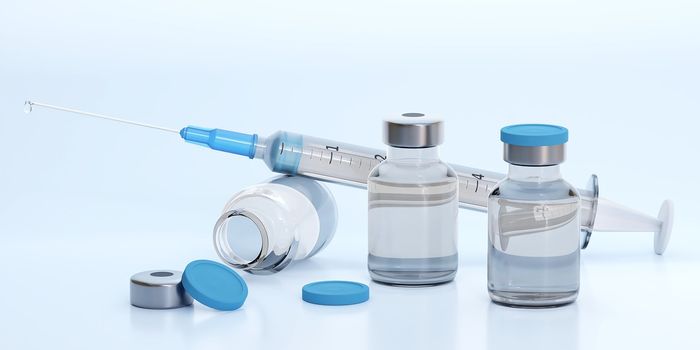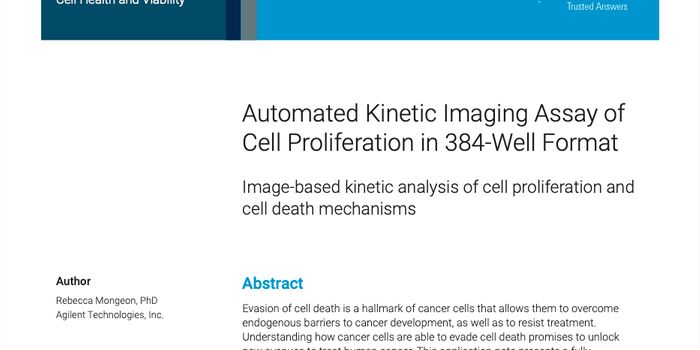Slowing breast tumor growth with intravenous delivery of tumor suppressor genes
According to the American Cancer Society, breast cancer accounts for 30% of newly diagnosed invasive cancers in women. It is the most prevalent cancer in women, and novel treatment methods are extremely necessary.
There are currently a variety of treatments for breast cancer, including surgical options, radiation therapy, hormonal therapy, chemotherapy, immunotherapy, and targeted gene therapy. The treatment for breast cancer is determined by its classification, such as the stage of the cancer, the surgical resection-ability, genomic features, if it is hormone-driven or not, and more.
There are various tumor suppressors, such as p53, BRCA1, BRCA2 which help the body identify and kill malignant cells. It has been shown in various breast cancer patients that they have mutations in the genetic coding of those tumor suppressors, meaning that these patients have a higher risk of developing breast cancer.
Theoretically, supplying a deficient patient with BRCA1 and BRCA2 genes should help them fight off the tumor on their own. A study conducted at Monash University in Malaysia studied the delivery of BRCA1 and BRCA2 tumor suppressors via carbonate apatite (CA) nanoparticle (NP) carriers and observed the growth of breast cancer cells.
What are carbonate apatite nanoparticle carriers? Essentially, carbonate apatite nanoparticles deliver the BRCA1 and BRCA2-carrying DNA to the cell, which results in the cell expressing BRCA1 and BRCA2 tumor suppressors. This works because the carbonate apatite nanoparticles are positively charged (the molecular formula is: Ca10 (PO4)6-x (CO3)x(OH)2), meaning that the positively charged calcium (Ca2+) is attracted to the negatively charged DNA molecules, resulting in them crossing the cell membrane via endocytosis (see video below.) At the cellular pH, the particles are dissolved, the endosome is ruptured, and the DNA is released inside the cell. After this, the DNA interacts with various intracellular microtubule proteins (such as kinesin and dynein), and it is transported to the nucleus, which ultimately leads to the expression of the gene in the cell.
Check out this video describing the process of endocytosis & exocytosis:
The experiments used tumor cell lines in mice that mimic breast cancer very well. Doses of the nanoparticles containing BRCA1 and BRCA2 were given twice in the treatment period, with a control group receiving a placebo. The size of the tumors inside these mice was regularly observed, and ultimately, the BRCA1-treated mice showed a significant reduction in tumor volume, and the BRCA2-treated mice also showed a decrease in tumor volume compared to the control.
This procedure was shown to be reasonably tolerable in various animal models; however, human tolerability is a highly anticipated experiment.
References
Ibnat, N., Chowdhury, E.H. Retarding breast tumor growth with nanoparticle-facilitated intravenous delivery of BRCA1 and BRCA2 tumor suppressor genes. Sci Rep 13, 536 (2023). https://doi.org/10.1038/s41598-022-25511-9
https://www.cancer.org/research/acs-research-highlights/breast-cancer-research-highlights.html








